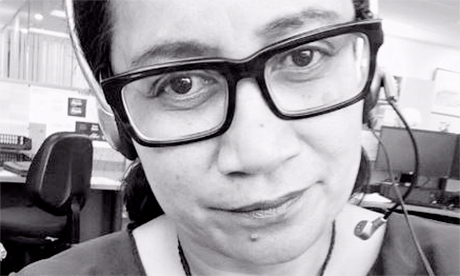To mark International Women’s Day on Thursday night, Newshub broadcast a montage of inspirational women to the tune of I Am Woman.
While women from around the world and Pākehā New Zealand women were included, Māori women were not. Nor were Samoan women.
The fact that Joan of Arc — a woman from 600 years ago who never set foot anywhere near the Pacific — made the cut, but Dame Whina Cooper did not, shows us that women of colour are yet to make it as leaders in the mainstream history of our region.
Why do we always seem to be looking overseas for our heroines and heroes when we have so many right here at home — in our family histories and in our hearts?
I spoke at an IWD18 event this week and the first person I paid tribute to was my grandmother and the women from my family and village, because whenever I think of women leaders, I can’t help but think of the Women’s Mau movement in Samoa.
Born when Samoa was under New Zealand administration, my nana Sieni was a small girl in 1929 when her papa, Migao, was killed by New Zealand military police — along with others who’d been on a peace march calling for human rights and independence.
They were unarmed when New Zealanders opened fire with machine guns. Her papa’s body was riddled with bullets. He’d died trying to shield someone else — the march leader and his paramount chief, Tupua Tamasese Lealofi III.
Both men died along with several others. Many more were wounded.
That day — 28 December, 1929 — is known as “Black Saturday”.
As the surviving men went into hiding, women took over the peaceful resistance movement and mobilised in defiance of the New Zealand authorities.
Our village was occupied by armed officers who used to raid our houses at night, terrorising our women and our children.
The New Zealand Government’s dawn raids on Samoans did not begin in the 1970s. While I won’t go into any details, these raids on our homes were way, way worse.
Officials also banned food going in or out of our village in a bid to try to hunt down any men who they suspected to be hiding there.
So my nana’s mum and aunties would pretend they had to do their washing all day in the river by our ancestral home, but, of course, they weren’t there doing their washing.
The rest of Samoa knew the New Zealanders had imposed a food blockade on our village so they secretly sent food and supplies via fautasi canoes.
My aunties would hide the food in the bundles of washing. Continue reading
- Christine Ammunson is a former journalist and press secretary. She’s the strategic communications expert behind the award-winning campaigns “That’s Us”, “Give Nothing to Racism”, and “Never Again/ E Kore Anō”, the call for an inquiry into the abuse of New Zealanders in state care. She lives in rural Wairarapa and works in Wellington.
- Image: Action Station
News category: Features.




